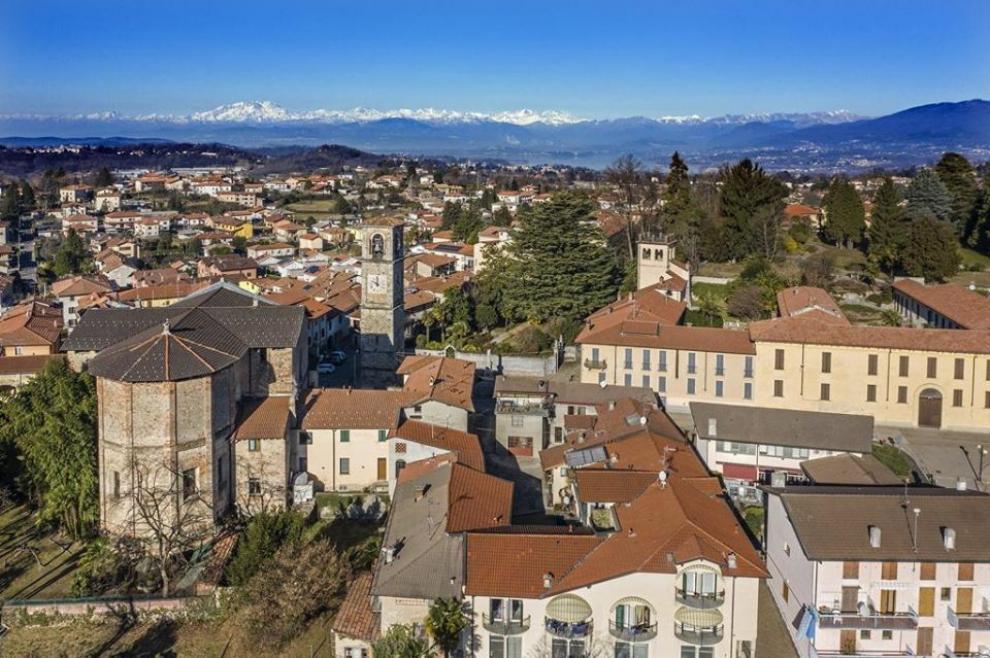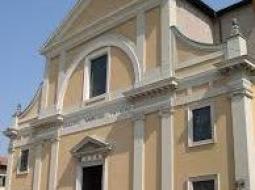Thessaloniki gets ready for its metro launch in November
The underground rapid transit lines have been under construction for almost two decades due to various project delays
 TheMayor.EU logo
TheMayor.EU logo 
The territory of modern-day Morazzone was frequented by man between the end of the 5th and the beginning of the 3rd millennium BC. After a period of decline in which the countryside underwent a process of division, towards the end of the XII century Morazzone regained importance becoming a public fortress of the Municipality of Milan.
Throughout the XIV and first half of the XV century, the historical events around Morazzone remain veiled in shadows. Of that period only a few fragmentary documents remain, such as the "Statutes of the streets and waters of the Milan countryside" of 1346.
The village of Morazzone returns to the headlines in the second half of the XVI century until the third decade of the XVII century mainly thanks to the extraordinary figure of Pier Francesco Mazzucchelli. In an already highly tormented period, in the decade 1560-1570 the life of the country was turned upside down by a spree of crimes and violence.
In 1576 the so-called "plague of S. Carlo" broke out. In 1593 Morazzone was forced to pay an extraordinary tax to pay for the compensation given to those who killed or captured wolves. In 1630, yet another terrible plague erupted in the area.
A few decades passed and the Spanish crown, which at the time occupied Lombardy, decided to feudalise many of the lands that still remained "free". Among them there was also Morazzone, which on 19 August 1647 was feudalised.
After the political and social upheavals of Napoleonic period (late XVIII century and early XIX century), Morazzone returned, under Austria, to an autonomous and peaceful life. It came back to the forefront of history only on the occasion of the armed clash fought on 26 August 1848 between a small Garibaldian contingent and the Austrian troops.
After the achievement of national unity, Morazzone consolidated its role, which continues today, as a small center revolving around Varese and Milan. In the period between the XIX and XX centuries, and also in the following decades, the relative proximity to the main communication routes that connect Varese to Gallarate and Milan, facilitated the movements, exchanges, and therefore favored the economic and cultural growth of Morazzone.
In this post-war period, Morazzone followed the political, social and cultural events of Italy, playing a somewhat remote role, yet always remaining active and present. Furthermore, the transition from a mainly agricultural economy to a predominantly artisan and, then, to a post-industrial type, while certainly not easy, was completed without particular upheavals.
The municipality also managed to successfully and without major trauma to absorb the waves of immigration first from the Veneto and then from the South. This contributed significantly to the increase of the local population, which went from around 2000 inhabitants in 1950 to 4199 on 31 December 1998.
Morazzone is a municipality of around 4,200 inhabitants in the province of Varese in the Italian region Lombardy. It is situated about 40 kilometers northwest of Milan and about 6 kilometers south of Varese.
Like many other provincial entities in northern Italy, Morazzone has witnessed, from the post-war period onwards, the rise and decline of many small and medium-sized industrial companies in different sectors. Many companies closed in the early 1990s with the abandonment of the production building.
Today the economy of Morazzone is based on small and medium enterprises.

The church was built in 1814-1817 dedicated to Sant'Ambrogio. From the documents it appears that, around 1810 the parish priest Don Francesco Pesenti, believed the construction of a larger church was necessary and entrusted the design to the architect Simone Cantoni.
The embellishment and internal decoration of the church were carried out between 1893 and 1894 by the parish priest Don Giuseppe Motta (including the current external facade).
In 1907 the oratory of San Giuseppe was built adjacent to the left side of the church. Inside there are old walls of the previous XVI century church with the fresco depicting Sant'Ambrogio, attributed to Pier Francesco Mazzucchelli known as Il Morazzone, or of the school.